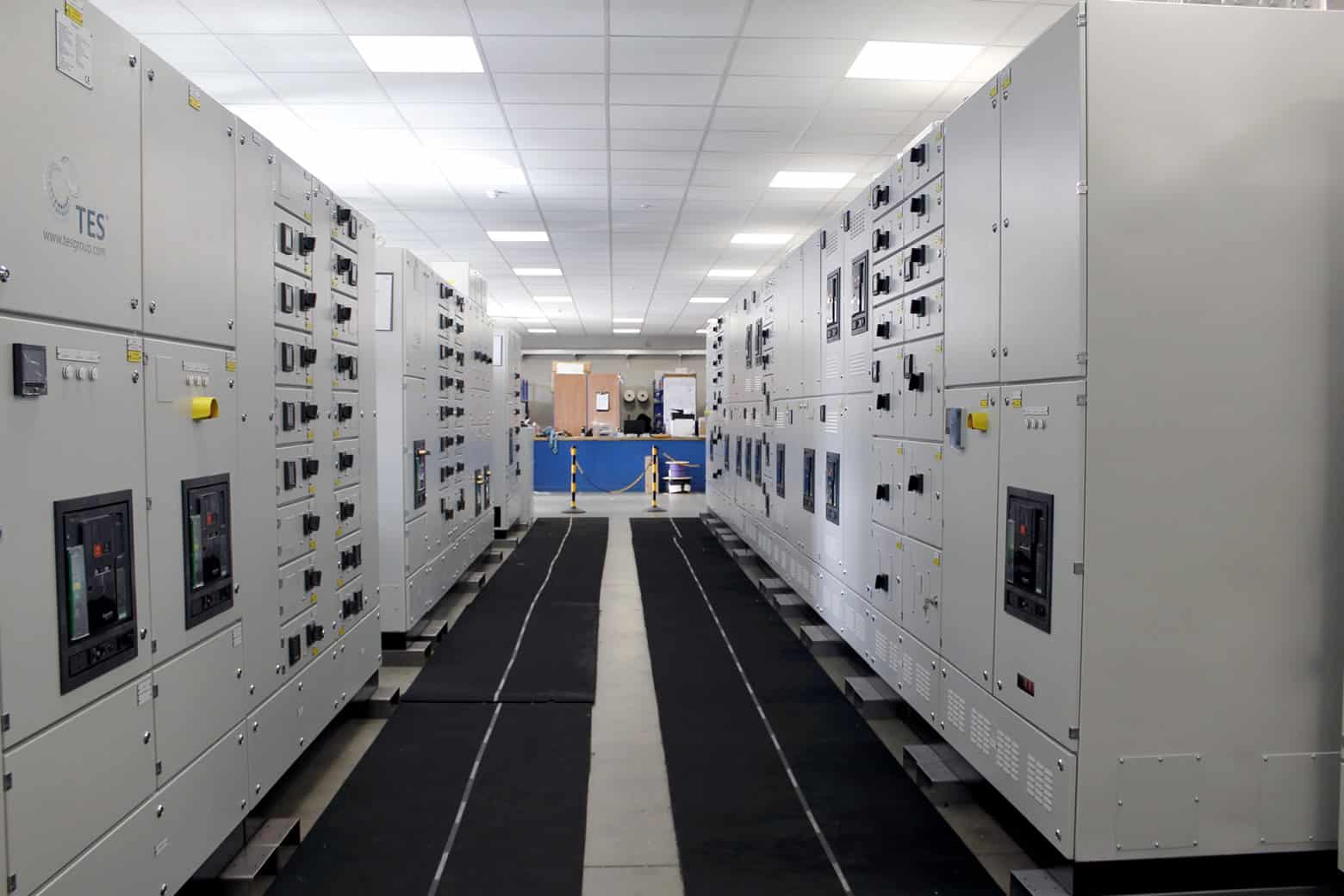
For Clients, one of the most significant choices they face when specifying a low-voltage assembly, is the form of separation. At TES, all of our Forms of Separation are agreed between the Client and our design team at specification stage.
The principal reason for separating an assembly is to facilitate access to a part of the assembly whilst other parts may remain energised and in service. Separation of the assembly provides:
- Protection against contact with live parts belonging to the adjacent functional units,
- Protection against the passage of solid foreign bodies from one unit of an assembly to an adjacent unit
TES can accommodate all forms in front and rear access configurations. At TES, it is of paramount importance that glanding plates and cableways are the correct size and that cable boxes can accept the specified cable sizes. Separate units are designated for metering, control and BMS terminals. Contacts for BMS are internally wired and taken to BMS terminal rails. Protection fuses and control components are clearly labelled and cross referenced to our schematic drawings.
Safety is integral to all works undertaken at TES to include design, assembly, testing and commissioning. All Forms of Separation are designed in line with BS EN 61 439-2 and BEAMA Guidelines.
At TES, Forms of Separation for our LV switchboards are typically;
- Form 4 Type 2
- Form 4 Type 5
- Form 4 Type 6
- Form 4 Type 7